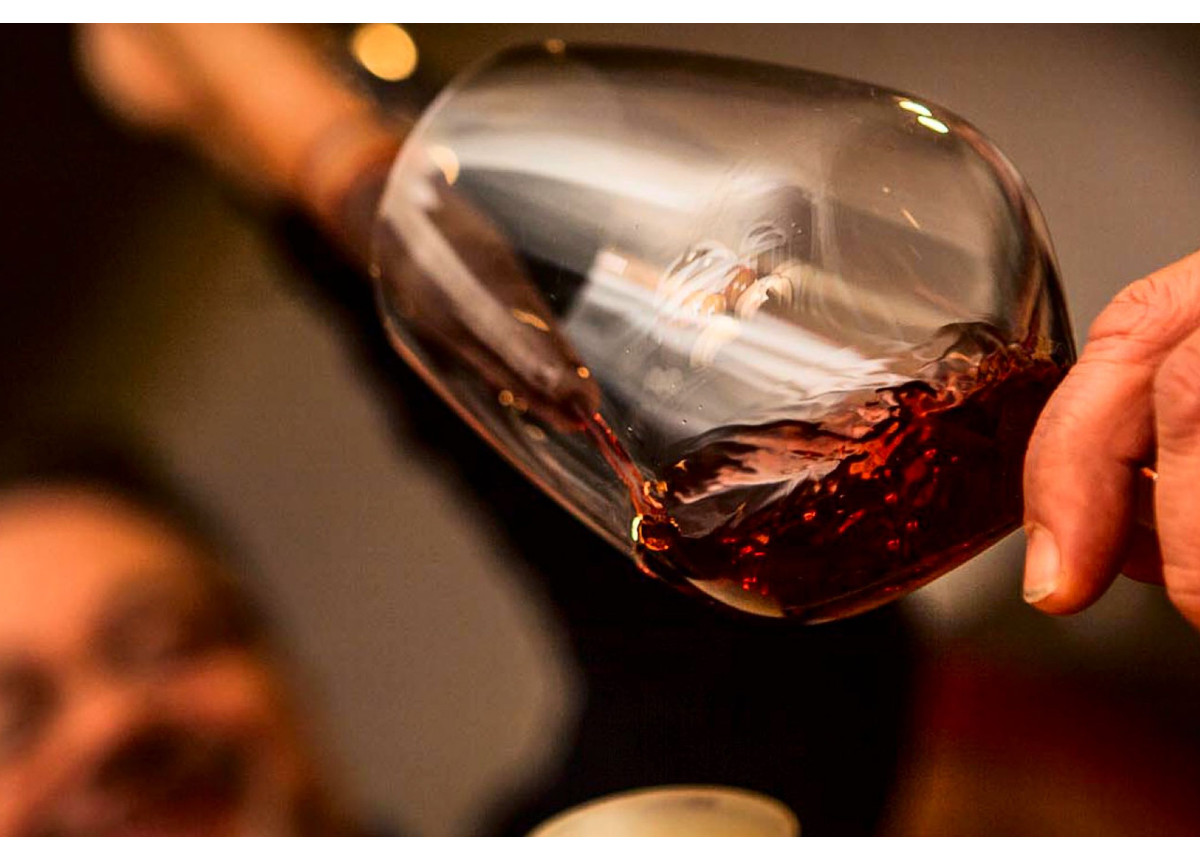
The global wine industry seems to occupy a relatively calm backwater, far from the stormy socio-economic and political seas we observe elsewhere. However, some (relatively) big shifts on the production and consumption side can be seen also in the wine world. So, here below are 5 predictions for the wine industry in 2018 according to wineintelligence.com.
Climate change will throw up unexpected challenges
We already know that this year’s northern hemisphere harvest came up short, and drought in the southern hemisphere (especially South Africa) suggests that next March & April will see similar short quantities in that half of the world. Hit by a doubly whammy of cold spring months and then summer droughts, European production is estimated to drop by 20% in 2018. The tragic wildfires in California are a sober reminder of the destructive impact of high temperatures – though the impact on production was less dramatic. The most obvious short term impact will be rising prices, particularly in more desirable regions where demand is already strong, such as Prosecco. But the threat of longer term climate change is unpredictable.
Brexit is going to hurt the UK consumer
The WSTA estimates that Brexit has pushed up prices 3% in three months, compared with a 1% increase over the previous two years. A quick headcount confirms that the WI team is feeling the squeeze. The drop in the GBP has increased overheads for importers and distributors, many of whom have been forced to introduce two rounds of price increases this year. Many are abandoning hard copy price lists altogether, unable to honour their printed prices. These increases are trickling down the supply chain and will soon hit the consumer’s pocket in earnest. A higher National Living Wage is putting pressure on staffing costs and a real-term drop in pay means households are likely to dine out less. Brexit will only compound these issues. Net migration fell by 81,000, and the concessions the UK government has made on citizens rights are unlikely to give any confidence to would-be migrants. Unable to hire reasonably priced, high skilled labour from European migrants, the restaurant trade will surely suffer.
Fizz will keep its sparkle
The bubble has yet to burst on the sparkling wine trend, a phenomenon experienced almost all over the world. Sparkling wines have enjoyed long-term growth in terms of volume, value and price per bottle in the USA, Canada, Chile, Ireland, Spain and others – this is particularly impressive given the state of the still light wine category, where volumes are steadily declining. If Prosecco et al continue to innovate with packaging (canned Prosecco) and NPD (low calorie), sparkling wine is expected to continue along its trajectory towards becoming an everyday delight. China has clocked an impressive 18% CAGR from 2012-2016 in terms of volumes of sparkling wine, largely driven by imports. Volumes of imported sparkling wine have almost doubled in the same period from 655,000 9 litre cases to 1.4 million and Champagne has climbed from the 5th most popular alcoholic beverage to the 4th (behind red wine, beer and then white wine – rosé lags behind in 6th place).

Alternative packaging will advance
The wine bottle hasn’t evolved much over the last few centuries, and we have to ask ourselves why. Back in the day, they were as good as you could get: inert, easy to sterilise and relatively hardwearing. But our drinking habits have changed and today, they are in danger of becoming unfit for purpose. Heavy, fragile and a bit dull, they don’t work as well as they used to for the on-the-go, ad-hoc world which we now inhabit. The premiumisation of bag-in-box continues apace. Le Grappin has eased the way for appellation wines bagged and boxed, and also launched the “bagnum”: a 1.5 litre bag of wine. Considerably smaller than the standard 3 litre Bag in Box, the bagnum reflects the wider consumer trend of spending more but drinking less. At the other end of the spectrum, convenience stores across Europe now carry single servings of wine, still and sparkling: pouches, cans, glasses, vials and mason jars, a few of which can happily fit through a letter box.
Organic and sustainable wines will matter more
The premiumisation of wine, the tricky act of repositioning it somewhere between a luxury good and everyday commodity, hinges on 2 things: differentiation and education. Some growers have undergone painstaking changes in viticultural practices to win the right to differentiate their product and slap the label ‘organic’, ‘biodynamic’ and ‘sustainable’ on the label. But few have succeeded in educating their customers. Confusion abounds the on- and off-trade is struggling to convince consumers to trade up because of it. This is set to change in the coming years. Bolstered by the success of “organic” for food labelling, organic wines are becoming more visible and desirable to wine drinkers. Sustainable, a woolly term, still has obvious connotations and is widely recognised. That’s why organic and sustainable wines are expected to break into the mainstream before long.
